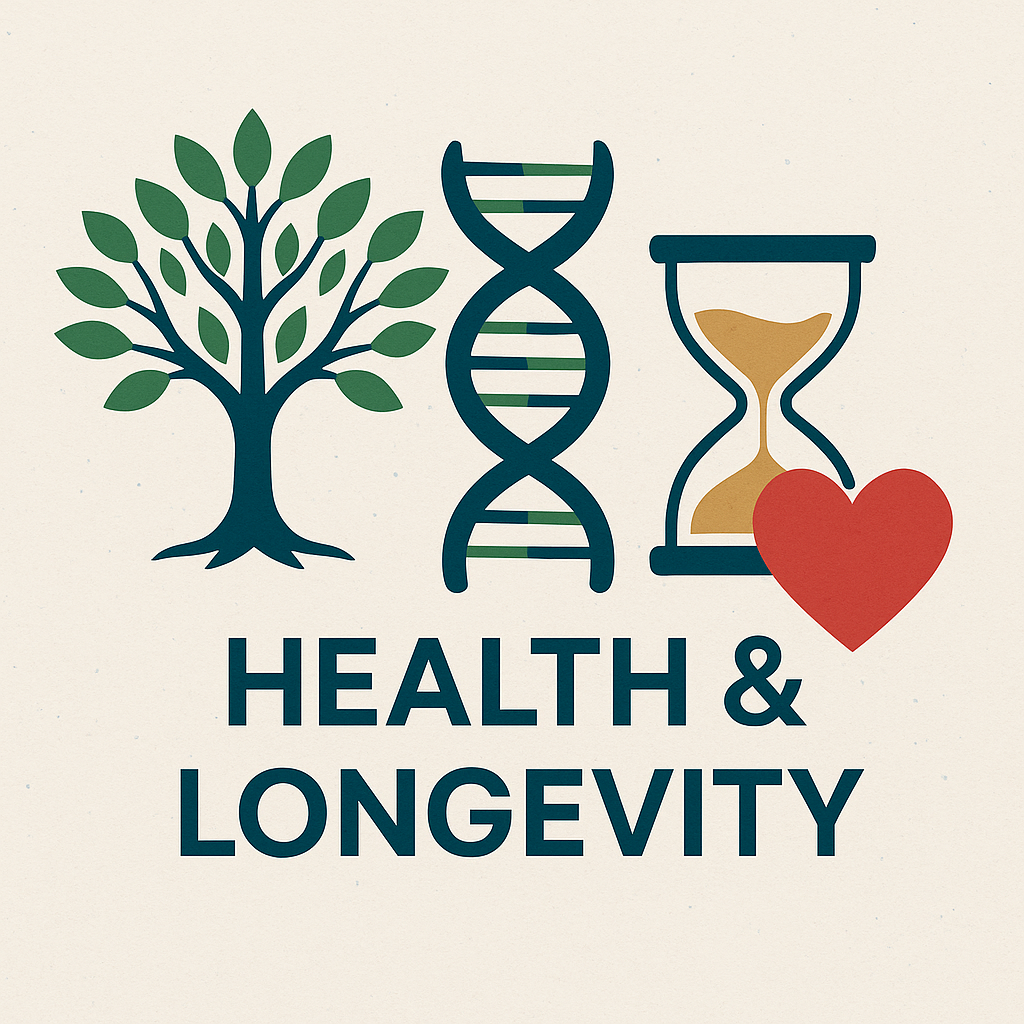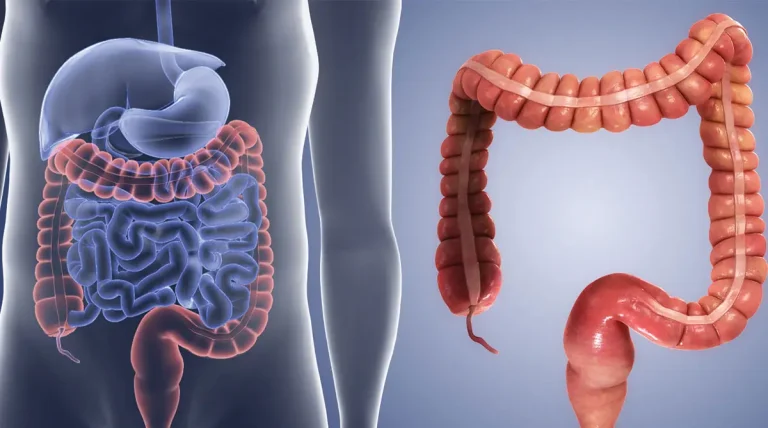Discover Your Personalized Path to Longevity—Our New Site Is Live!
Welcome to the next chapter of your health journey—our freshly redesigned home at www.cureclinic.ca is now live! We’ve rebuilt every page with you in mind, offering a comprehensive Functional Medicine Guide alongside personalized insights, easier navigation, and deeper resources to support your wellness path.
- Seamless Navigation: Find services, practitioner profiles, and appointment booking in just a few clicks—whether you’re on desktop or mobile.
- Rich, Research-Backed Articles: Dive into our Root Cause Chronicles for up-to-date insights on functional medicine, longevity, gut health, hormones, and more.
- Interactive Health Quiz: Curious where you stand on the wellness spectrum? Take our “How Healthy Are You?” quiz to uncover personalized recommendations.
- Stay in the Loop: Subscribe to our newsletter and follow us on social media for the latest clinic news, healthy-living tips, and exclusive event invitations.
- Wellness Community: Connect with fellow health-seekers, share your wins, ask questions, and join live webinars led by our expert team.
If it’s been a while since your last visit, we invite you to reconnect—the Cure Clinic family is here to support your vibrant health every step of the way. Explore our new site, rediscover our services, and let’s create your personalized roadmap to lasting wellness. Thank you for being part of the Cure Integrative Clinic family. We look forward to helping you thrive!
Now, let’s dive into our featured guide…
Chronic Disease: A Functional Medicine Guide to North America’s Silent Epidemic
Chronic diseases are a defining health challenge in North America. In the United States, six in ten adults have at least one chronic disease and four in ten have two or more. In Canada, about 46% of adults live with at least one chronic condition, contributing to roughly 67% of all deaths
nationwide. These illnesses—heart disease, cancer, diabetes, and others—are also leading drivers of health-care costs (about $4.5 trillion in annual U.S. spending).
Yet there’s a silver lining: many chronic diseases are largely preventable with the right lifestyle changes. Up to 80% of heart disease, stroke, and type 2 diabetes—and about 30% of cancers— could be avoided by eliminating key risk factors like smoking, unhealthy diet, physical inactivity, and excessive alcohol use. In short, chronic illness is common but not inevitable. This is the empowering perspective that a functional medicine approach to longevity embraces.

The Wellness Continuum: Where Are You Now?
Health is not a binary state of “sick” or “healthy”—it’s a continuum from severe illness at one end to optimal wellness at the other. At any given time, each of us lies somewhere along this spectrum, moving either toward disease or toward higher wellness. A Functional Medicine Guide helps us understand that you don’t suddenly wake up with a chronic disease; it develops gradually through subtle, long-term changes.
Likewise, you can work toward optimal health through consistent, small improvements in your daily routine.
Reflect: Where do you fall on the wellness continuum today, and where would you like to be in 10 years?
You might feel “fine” now—no major illness—yet struggle with low energy or a few extra pounds. Without intervention, those minor issues could snowball into something like diabetes or hypertension over the next decade. The good news? You can course-correct early. Positive changes in diet, exercise, stress management, and sleep can steadily move you toward the wellness end of the spectrum. In functional medicine, our aim is to help you navigate that journey so that ten years from now, you’re actually healthier (and biologically younger) than you are today.

Genetics vs. Epigenetics: Why Your DNA Isn’t Your Destiny
It’s easy to attribute health problems to genetics—“heart disease runs in my family, so I’m bound to get it.” But science tells a different story. Epigenetics—the study of how lifestyle and environment influence gene activity—shows that genetics are not destiny.
Only about 25% of human lifespan variation is determined by genes; the rest comes down to choices you make daily. Even if you carry high-risk genes, favorable lifestyle habits can dramatically reduce your disease risk. For instance, people genetically predisposed to heart disease can cut their risk in half by living healthfully.
Think of your genes as a script. Epigenetics is the director deciding which scenes play out.
This means your diet, physical activity, stress levels, sleep quality, and toxin exposures are constantly influencing which genes get activated. Positive lifestyle changes may even slow or reverse certain aging markers. One 8-week intervention reduced participants’ epigenetic age by over three years compared to controls.
Takeaway: Genetics may load the gun, but environment pulls the trigger. Live in a way that “talks” to your genes favorably and extend your healthy lifespan.
Longevity Assessment Tools: How Old Are You Really?
If lifestyle can slow aging and disease, how do you know where you currently stand? Longevity assessment tools help answer that. These tests go beyond your calendar age to reveal your biological age—how old your body truly is. And yes, it might be younger or older than your birth date says.
Epigenetic Clocks (DNA Methylation Tests)
- TruDiagnostic TruAge: Analyzes DNA methylation to reveal biological age, aging rate, and organ-specific insights.
- Horvath & Hannum Clocks: Provide robust methylation-based age analysis across different tissues.
Inflammation Clock (GlycanAge)
- Tracks glycans on antibodies that shift with age and A simple at-home test reveals your inflammaging status.
Blood-Biomarker Panels
- Measures cholesterol, blood sugar, hs-CRP, and more to compute your InnerAge— highlighting what’s making you “older” or “younger.”
Advanced Clocks
- PhenoAge, GrimAge, DunedinPoAm: Link biological aging to disease risk, lifestyle effects, and mortality predictions.
- Telomere Length Testing: Offers a snapshot of cellular
- Proteomic & Transcriptomic Clocks: Emerging tools measuring protein and RNA profiles—cutting-edge but not yet widely accessible.
Pro Tip: Combine an epigenetic test with a biomarker panel for deep insight and actionable steps. Retest every 3–6 months to watch your “aging curve” shift.
Functional Medicine Testing for Longevity
Beyond just measuring age, functional medicine uncovers the root causes accelerating aging. Here’s how:
Gut Health – Comprehensive Stool Analysis
- DNA-based test evaluates your microbiome, checks for inflammation, dysbiosis, and pathogens—often hidden drivers of chronic disease.
Hormones – DUTCH Urine Panel
- 24-hour test revealing imbalances in estrogen, cortisol, testosterone, and their metabolites that affect mood, metabolism, and longevity.
Toxin Exposure – GPL-TOX Profile
- Screens for over 170 environmental toxins (pesticides, plastics, ) and helps you detoxify effectively.
Inflammation & Metabolism – Blood Markers
- Tests like hs-CRP, fasting glucose, insulin, and A1c reveal chronic inflammation and metabolic dysfunction—silent accelerators of aging.
Using these diagnostics, we personalize your longevity plan: repairing gut health, balancing hormones, detoxing harmful exposures, and cooling inflammation.
Embracing Longevity: Your Personalized Path Forward
The widespread burden of chronic disease is a wake-up call—but it’s also motivation to take charge of your health destiny. The choices you make today will shape your well-being a decade from now, and epigenetic science confirms that those choices truly matter.
Envision yourself 10 years from now: Energized. Clear-minded. Independent. Thriving.
That’s the power of functional medicine and epigenetic science. Your choices today shape your well-being tomorrow. And our Longevity Program, guided by our Functional Medicine Guide, helps translate advanced diagnostics into step-by-step guidance tailored just for you.
Want to live younger, longer? Start with us. Because aging is inevitable—but how you age is up to you.
References
- CDC. Chronic Diseases in America (2024). https://cdc.gov/chronicdisease/ resources/infographic/chronic-diseases.htm
- Statistics Canada. Life with Chronic Diseases in Canada (2023). https:// statcan.gc.ca/n1/pub/82-625-x/2023001/article/00002-eng.htm
- Trust for America’s Health. The Rising Cost of Chronic Disease (2024). https:// tfah.org/report-details/rising-cost-chronic-disease/
- Anatara Medicine. Preventable Chronic Disease https://anataramedicine.com
- org. Genetics vs. Lifestyle in Lifespan Variation. https:// nutritionfacts.org/topics/genetics
- Harvard Health. Genetic Risk & Lifestyle in Coronary https:// www.health.harvard.edu/heart-health/genetic-risk-and-lifestyle
- NEBULA. Epigenetics & https://nebula.org/articles/epigenetics-and- environment/
- PubMed. Diet & Lifestyle Intervention on Epigenetic https:// pubmed.ncbi.nlm.nih.gov/30591546/
- TruDiagnostic. TruAge Epigenetic https://shop.trudiagnostic.com
- Horvath DNA methylation age of human tissues (2013). https://doi.org/10.1186/ gb-2013-14-10-r115
- Hannum Methylation profiles reveal aging rates (2013). https://doi.org/10.1016/ j.molcel.2012.10.016
- GlycanAge. Inflammation Clock https://nebula.org/products/glycanage/
- InsideTracker. InnerAge Blood-Biomarker https://store.insidetracker.com
- Levine Epigenetic biomarker of aging for lifespan (2018). https://doi.org/10.18632/ aging.101414
- Lu DNA methylation GrimAge (2019). https://doi.org/10.18632/aging.101684
- Belsky Pace of biological aging (2020). https://doi.org/10.7554/eLife.54870
- Lin Telomeres and lifestyle factors (2012). https://doi.org/10.1016/ j.mrfmmm.2011.10.001
- Johnson Multi-omic signatures of aging (2021). https://doi.org/10.1016/ j.cell.2020.11.049
- Diagnostic Solutions Laboratory. GI-MAP™ Comprehensive Stool Analysis (2024). https://diagnosticsolutionslab.com/gi-map
- Precision Analytical. DUTCH Test Hormone Panel (2024). https://dutchtest.com
- Great Plains Laboratory. GPL-TOX Environmental Toxin Panel (2024). https:// greatplainslaboratory.com/gpl-tox
- Ridker hs-CRP: A New Risk Tool (2001). https://doi.org/ 10.1161/01.CIR.103.13.1813







